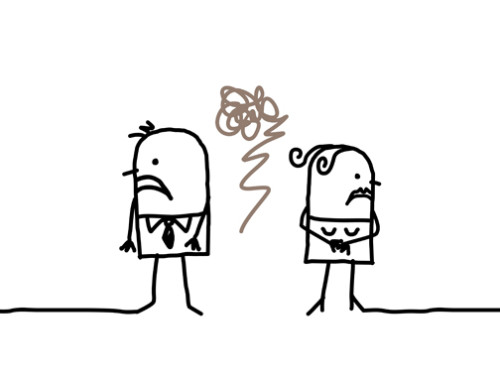In this article, I discuss the right time and the right way for therapists to give advice to their clients.
Estimated reading time: 4 minutes.
In my last article, I discussed the case for and against therapists giving advice to their clients while noting that giving advice in therapy entails the therapist offering ideas to help clients address their issues.
Because clients may be more likely to accept and act on their own ideas, I indicated that my default approach in therapy is to use informational and analytical questioning to guide clients to generate their own ideas rather than offering them ideas. Having said that, I added that if I identify circumstances under which I believe that offering my ideas could be helpful, I don’t hesitate to do so. However, I follow certain guidelines when offering my ideas to make if more likely that the client will accept and act on them.
In the following sections, I will discuss the guidelines which I follow when offering my ideas to clients.
Guideline #1: Only offer ideas if it is necessary
The first guideline which I follow in offering clients ideas is to do so only if it is necessary. In that regard, my default approach in therapy is to use informational and analytical questioning to guide clients to generate their own ideas rather than offering them ideas.
Following this approach will often allow clients to come up with their own ideas. In turn, this will often make it unnecessary for me as a therapist to offer clients ideas to help them address their issues. As I mentioned, this approach is my starting one because clients may be more likely to accept and act on their own ideas than they will accept and act on ideas which are offered by others.
Guideline #2: Wait to be asked for ideas or ask permission to offer them
I have found that clients are more likely to accept and act on ideas which I offer them if either they ask for my ideas or if I ask their permission to offer my ideas. In other words, I avoid offering ideas without either having been asked for them or without my having asked the client permission to offer them. Offering ideas without having been asked for them or without my having asked permission to offer them is typically less likely to result in the client accepting and acting on the ideas.

Guideline #3: Present a menu of ideas from which the client can choose
I have also found that clients are more likely to accept and act on ideas which I offer them if I present a menu of ideas from which the client can choose. By selecting one of the ideas which I have offered them, the client has effectively taken on that idea as their own. Therefore, the client may be more likely to accept and act on the idea because they are more likely to accept and act on their own ideas than they will accept and act on ideas which are offered by others.
Guideline #4: Match the ideas to the client’s stage of change
Clients differ in their ‘stage of change’ when they come to therapy. Some clients are ready to take active steps to address their issues, others are considering taking steps but are ambivalent about doing so, and others are not considering taking any steps. For example, one client may be ready to take steps to address their issue with drinking alcohol, a second client may be considering taking steps but is not ready to take them, while a third client does not intend to take any steps.
When working with such clients, I have found that they are more likely to accept and act on ideas which I offer if the ideas match their stage of change. In this example, if I offer a client ideas to help them take steps to address their drinking they are more likely to accept and act on these ideas if they are ready to take steps to address their drinking issue. In contrast, the client who is considering taking steps to address their drinking but is not ready to take them is more likely to reject and less likely to act on these ideas because the ideas do not match their stage of change.
The bottom line: Advice is not a four-letter word in therapy
Many people have advised me and others against giving advice in therapy. Although this advice not to give advice was given with good intentions, my experience has led me to conclude that following a blanket recommendation never to give advice to clients is not in the best interest of clients.
As I have discussed in this article, there are certainly times when therapists should not give advice and there are also incorrect ways in which therapists can deliver advice. However, I have also made the point that therapists can help their clients if they give advice at the right times and in the right ways. If more therapists can do this, then I think advice will no longer be considered by some people to be a ‘four-letter word’ in therapy.
May you choose the right time and the right way to give advice,
-Dr. Pat






Leave A Comment